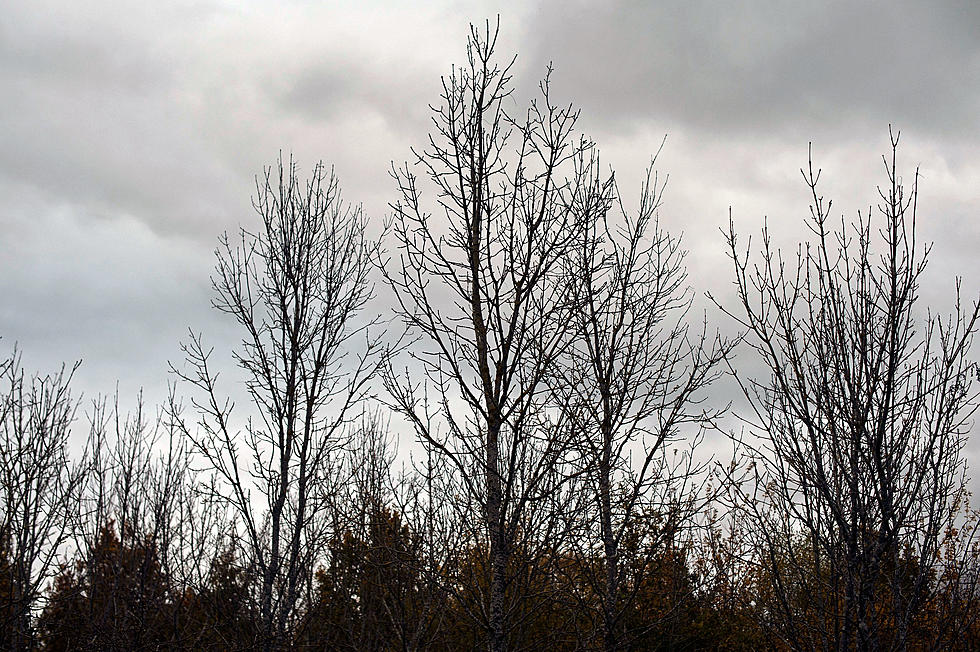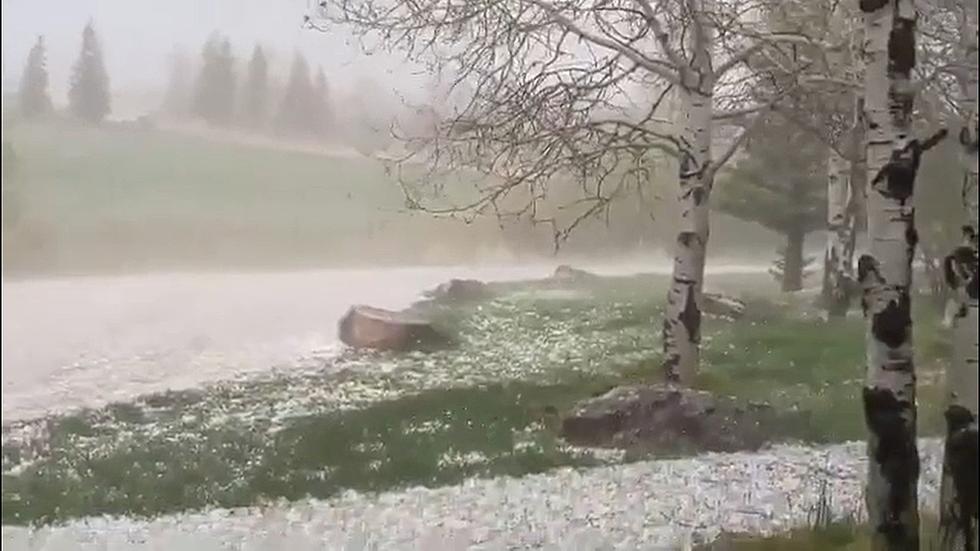
Insects Threaten Ash Trees
Recently, ash trees in Cheyenne have been the target of two problem insects- ash/lilac borer (ALB) and oystershell scale (OSS).
Both of these insects are native and can be controlled with insecticides and good tree care practices. But the emerald ash borer which is non-native and has not been found in Cheyenne, has proven much less controllable and much more devastating.
ALB has steadily built-up in population over the past several years and is now causing significant damage to ash trees and has prompted Cheyenne Urban Forestry to begin spraying many city-owned ash trees to prevent further infestation. ALB tends to prefer smaller ash trees but will infest larger trees as well
To find out if your ash trees are infested by ALB, look for small holes in the lower portions of the stem and at branch attachments. Boring dust is commonly visible and bark is often missing or peeling off, revealing galleries under the bark.
Woodpeckers are also seen on heavily infested trees, removing the bark and feeding on the larvae.
If you find out your trees are infested with the ALB, consider insecticide spray treatments. Spray treatments should be done 7-10 days after the adult moths emerge (early-mid June) with a second spray treatment applied 4 weeks after the first.
The most common treatment for borers are insecticides with the active ingredient permethrin. Although dozens of permethrin-containing insecticides are marketed at retail outlets, very few have labels that allow use against ALB. However, a number of ALB insecticides are sold to licensed commercial applicators, such as Arborists.
In addition to ALB, oystershell scale, another insect which affects ash, has been building-up over the past few years and is taking its toll on our ash tree population. Ash, as well as aspen, cottonwood and willow trees can be infested. To identify OSS, look for small 1/8-inch long, light to dark brown, elongated scales on the stem and branches of your trees.
The scales often blend in well with the underlying bark, making identification difficult. OSS feed on the plant by sucking out plant sap and can weaken and even kill the area around the feeding site. An indication of a heavy infestation is when several branches within the tree are killed or have very few leaves.
Several treatment options are available for OSS, including horticultural oils, crawler insecticides, insect growth regulators and systemic insecticides. Crawler insecticides and systemics are generally considered the most effective control especially for heavy infestations.
Many crawler insecticides are available and effective for control. Check the chemical label to be sure scale is listed for control. Timing is the key when spraying a crawler insecticide. Spraying should coincide with the crawler stage to get adequate control. Systemics conversely, can be applied anytime during the growing season to get control, however these insecticides (dinotefuran) are only available to commercial applicators, such as an Arborist.
By now, you might be asking yourself “why are ash trees being targeted by so many pests?” The answer is because ash became the tree of choice after the Dutch elm disease epidemic and was over-planted in most communities. Ash is also very hardy and adaptable to a wide range of environmental conditions, so in many ways its success will eventually be its downfall. What we should have learned from Dutch elm disease- overplanting of any one species can spell disaster, was repeated unfortunately with ash.
Adult ash
So as a homeowner with ash trees what should you do? Urban Forestry's advice is to inspect your trees for ALB and OSS and treat with insecticides if you find them. Consider hiring an Arborist if you decide to treat your infested trees.
An Arborist is licensed to use the most effective insecticides, will be able to accurately time the insecticide applications and has the proper equipment and training to do the job effectively and safely. Be sure to hire an Arborist that is licensed to work in Cheyenne.
Also don’t forget tree care 101- trees that are stressed are more susceptible to attack by insects so take good care of your trees, by watering, mulching, aerating, pruning and protecting your trees from injury . When considering trees to plant in your landscape, avoid ash trees for now. Plant a variety of species and be sure no single tree species comprises more than 10% of your landscape- diversity is good!
Finally, “Don’t Move Firewood”- the movement of firewood has been the primary vehicle of emerald ash borer spread- burn your firewood where you buy it! By properly caring for ash trees, continuing to diversify our tree population and being vigilant about firewood movement, we will prevent the spread of insects and be better prepared for insect epidemics if they do occur. For questions about your ash trees, please call Cheyenne Urban Forestry at 637-6428.
More From KGAB









